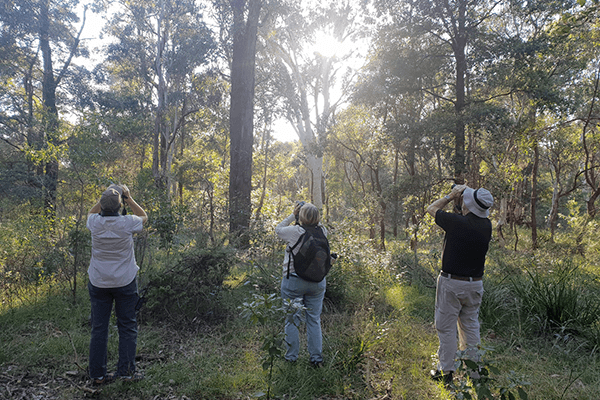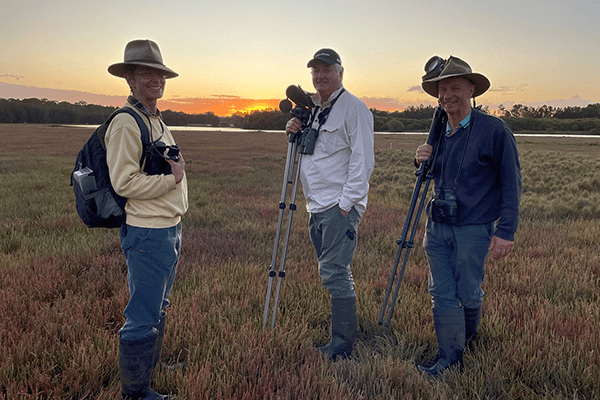These surveys also ring alarm bells for some species and drive increased monitoring activity or adaptive conservation actions to arrest their decline. For example, a decline in Red-rumped Parrots was picked up by regular surveys, and nest boxes were installed to mitigate the lack of tree hollows they need for breeding. Since then, population has increased three-fold with successful breeding at nest boxes observed every year since 2012.
The latest surveys show the Noisy Miner remain the most abundant species in the Park, and breed in more precincts than all other species. This is highly concerning as the Noisy Miner is an aggressive species that actively exclude other birds from their territory. The Authority has been increasing shrub cover to shift the balance in favour of small woodland birds that need shelter and protection from Noisy Miners. Surveys suggest Noisy Miner numbers have decreased compared to a height in 2018, and small woodland birds are able to persist in some areas with a dense, shrubby understorey.
Birds at the Park are subject to a litany of threats including predation by feral animals, light, noise and water pollution, collision with windows or cars, secondary poisoning and more. Continued ecological monitoring is an integral part of identifying and responding to known threats and new issues. The Authority would like to take this opportunity to thank CBOC and its volunteers for their long-running contribution to understanding and protecting birds.


